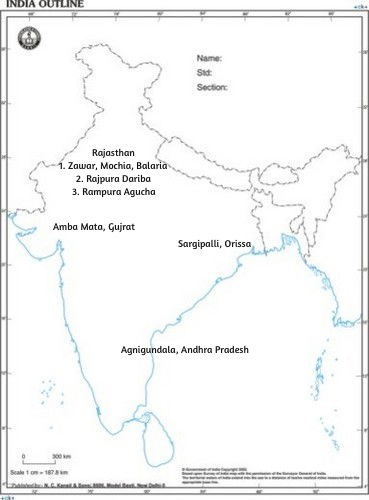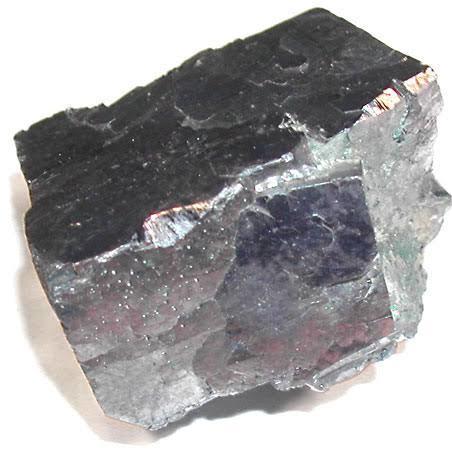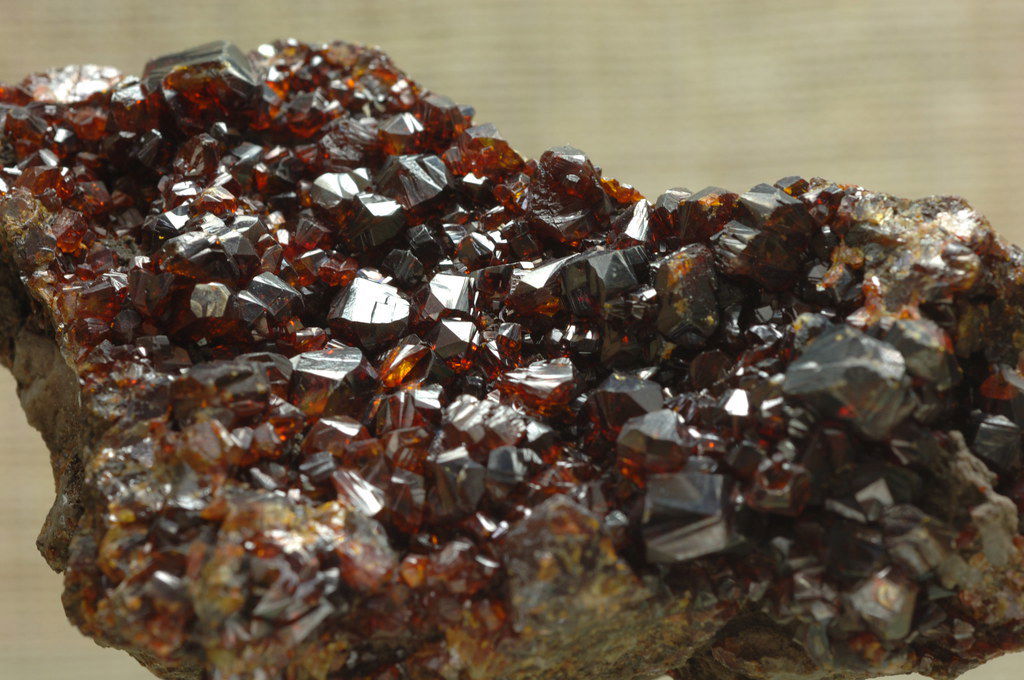Lead and Zinc
Lead and Zinc
Galena
Galena is an important ore mineral of Lead. It mainly forms by the hydrothermal process of ore formation. Galena precipitates out of hydrothermal solutions easily when lead ions combine with sulphur ions, which is more likely to occur with declining temperature and pressure. The lead likely comes from deeply buried sedimentary and metamorphic rocks and is carried closer to the surface by high-temperature aqueous fluids.
Other minerals of Pb are Anglesite (PbSO4) and Cerrusite (PbCO3).
- Let's start with some amazing properties of Galena (PbS).
- It has very low hardness, less then 2.5, and can mark on paper.
- Two perfect octahedral cleavages. Through it crystallizes in Hexaoctahedral class of Isometric system.
- Very high specific gravity.
- Metallic luster
- In thin section, it shows traingular pits.
- Gossans of PbS show radiating habit.
Sphalerite
- Like Galena, Sphalerite (Zn,FeS) also precipitates out of hydrothermal fluid. The difference is Zn has low mobility than the Pb so it precipitates relatively near to the source as compared to Pb.
- Sphalerite shows solid solution between Zn and Fe. So its colour varies from lighter (Zn higher) to darker (Fe higher).
- Like Galena, Sphalerite too shows some distinguish properties. (It is recommended to remember the properties of both minerals as these are most common).
Crystallizes in Hexatetrahedral class of Isometric system.
Dodecahedron cleavages. It has 6 sets of cleavage. Hardness is 4-5.
Resinous luster.
In thin section, it shows internal reflection under ppl.
Gossans of Zn show granular habit.
Lead & Zinc In India
India has rich sources of Zn and Pb. Most of the mineralization occurs in Aravalli fold belt, Cuddapah SG and Singhbhum craton.
 |
| Lead-zinc deposits in India. |
Aravali Delhi fold belt mineralisation
1. Zawar belt
Location : It is situated in Udaipur district of Rajasthan. The belt extends for a distance of 20 km and covers near districts. Important mines are Zawar, Mochia and Balaria.
Host rock & Mineralization: In these areas, most of the mineralization has occurred in the dolomitic limestone. Quartz veins are common and ore minerals mainly found in stringers, sheeted veins and fractures. Mineralization follows the lines of bedding and shear zones.
AGE : Paleoproterozoic
Minerals : Sphalerite is the main mineral. Lead occurs in some low quantity. Silver can also be found.
2. Rampura Agucha
It is largest deposit of Sphalerite in the country. The host rock is Garnetiferous biotite sillimanite schist.
3. Rajpura Dariba
Here also, Sphalerite is the main mineral. Host rocks are calcareous rocks and schist.
4. Amba Mata Deposits
This deposit is located in Gujrat. Lead is the primary mineral here and the deposit occurs in Biotite talc schist rock.
Agnigundala (Cuddapah basin)
Location : Agnigundala deposits occurs near the Guntur district of Andhra Pradesh.
Host rock and Mineralization : Host rocks are dolomites. Mineralization occurs in veins and stringers. The mineralization is confined to the Nallamalai group.
Minerals: The main mineral is Lead, occurs with sphalerite, chalcopyrite and pyrite.
AGE: Mesoproterozoic







Post a Comment